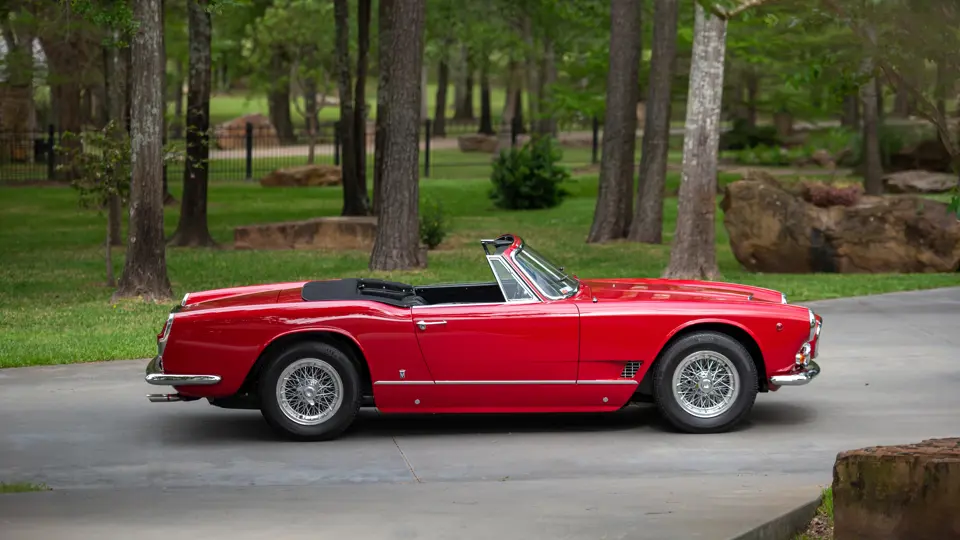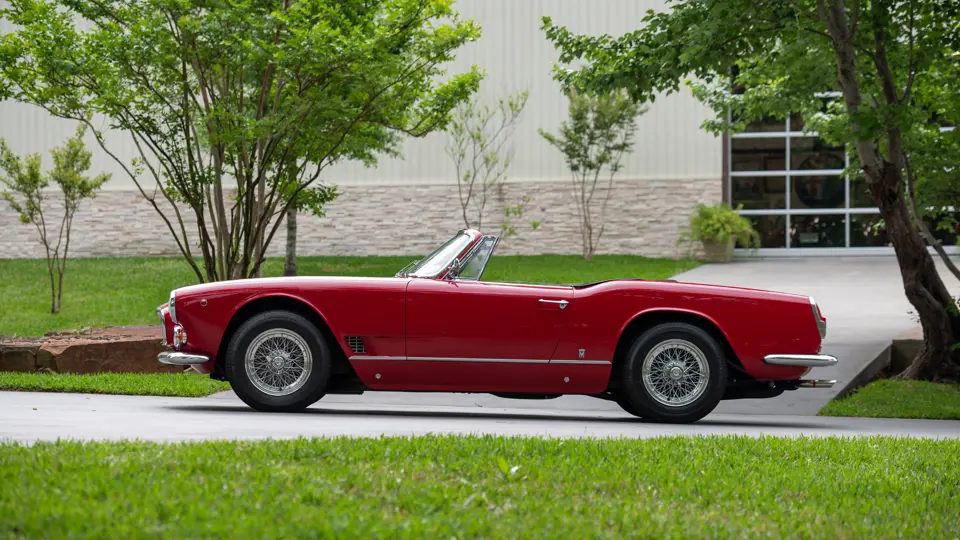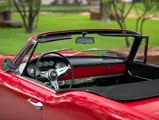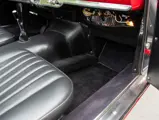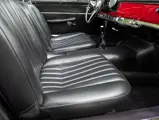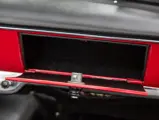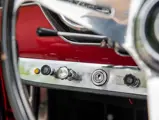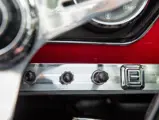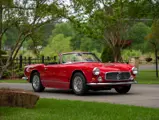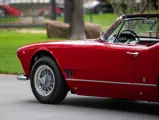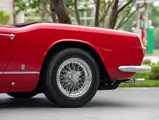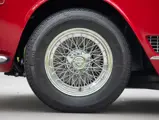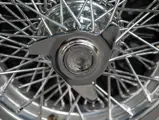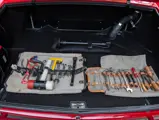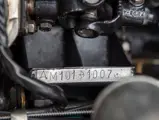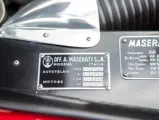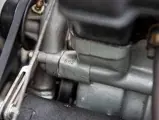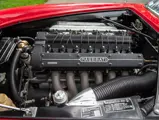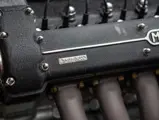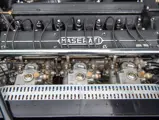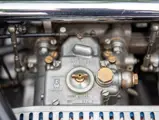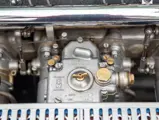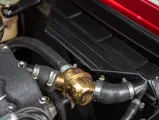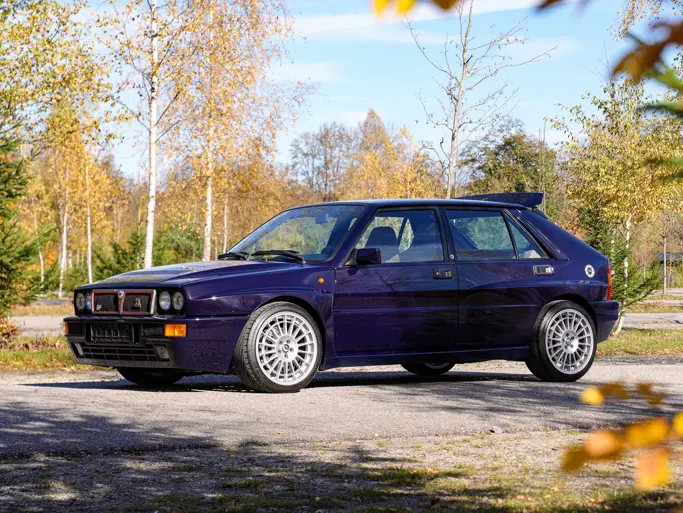
1960 Maserati 3500 GT Spyder by Vignale
{{lr.item.text}}
$770,000 USD | Sold
{{bidding.lot.reserveStatusFormatted}}
- One of approximately 250 examples built
- Refinished in striking red over black with knock-off wire wheels
- Powered by a 3.5-liter, twin-plug, inline, six-cylinder engine with triple Weber carburetors and a four-speed manual transmission
- Ideal for concours or touring events
The 3500 GT was Maserati’s first commercially successful production vehicle, and it could not have come at a better time for the struggling Italian automaker. In the late 1950s, after years of fiscal loss and excessive spending on its racing program, Maserati was in desperate need of an appealing road car. Salvation appeared at the 1957 Geneva Motor Show in the form of the 3500 GT, the same year Maserati would officially withdraw from motor racing.
Carrozzeria Touring designed the elegant Superleggera body consisting of lightweight aluminum panels mounted to a steel frame. The engine was a detuned version of the 3.5-liter, inline six-cylinder from Maserati’s successful 350S racecar. Rated at an impressive 220 horsepower and 254 pound-feet of torque when fitted with triple Weber twin-choke carburetors, it was tractable and torquey, providing excellent power at low speeds through either a ZF four-speed manual transmission or a three-speed automatic. The compliant and sporting chassis featured a double-wishbone suspension with coil springs, hydraulic dampers, and an anti-roll bar at the front, and a solid rear axle with leaf springs, hydraulic dampers, longitudinal torque arm, and an anti-roll bar at the rear. Maserati sourced various British components, including Alford & Adler suspension parts, Girling 12-inch finned drum brakes, and a Salisbury rear axle.
Production of the 3500 GT coupe began in late 1957, and it was not long before customers demanded an open-top version. Maserati duly assigned a small number of chassis to Frua and Touring for studies, but ultimately, the approved design for a standard production convertible would come from Vignale’s Giovanni Michelotti, one of the most prolific designers of sports cars in the 20th century. The 3500 GT Spyder officially debuted at the 1959 Turin Motor Show with a wheelbase 10 centimeters shorter than that of the coupe for superior agility and a design that was slightly more angular and muscular. Rather than using Touring’s aluminum-intensive Superleggera construction, the Vignale’s convertible featured a steel body with an aluminum hood and trunk lid.
Incremental design tweaks and improvements to the 3500 GT platform continued throughout its production run, which lasted until 1963 for the Spyder and 1964 for the coupe. The 3500 GT became the first Italian production vehicle to feature direct fuel injection, with the addition of Lucas mechanical injection available on both coupe and convertible starting in 1961. Power increased to 235 horsepower for fuel-injected models, which carried the “GTI” designation. A ZF five-speed manual transmission also supplanted the previous four-speed in 1961. Meanwhile, front disc brakes and a limited-slip differential became optional in 1959 and standard equipment in 1960, while rear discs became standard in 1962.
A distinctively styled alternative to Ferrari’s open models with equivalent performance, the 3500 GT Spyder reversed Maserati’s flagging fortunes, signaling a fresh chapter in the company’s celebrated history, and serving as the basis for subsequent models, including the V-8-powered 5000 GT and the Sterling “2+2” coupe.
The example offered here completed production on 13 August 1960 and was delivered new to Rome, Italy. It left the factory finished in Grigio Florida with a red leather interior and has since been refinished in red and fitted with a black interior. It rides on dazzling Borrani wire wheels with three-eared knock-off spinners.
Prior to its acquisition by Gene Ponder, this Maserati is said to have been treated to a well-deserved restoration at the hands of capable and award-winning California-based experts. Although documentation does not accompany the car, the engine rebuild and further mechanical work was reportedly undertaken by Francorchamps of America, Inc.; paint and bodywork was handled by Beckman Metalworks; and the interior was retrimmed by Westminster Auto Upholstery. Since entering Ponder’s stable, the car has benefitted from continued care, and its high-quality restoration presents well today.
The 3500 GT and GTI Spyders were built in modest numbers—204 and 56, respectively—making this example highly desirable and an ideal candidate for concours and touring events alike. Included with the sale are a jack with storage bag and two tool rolls.

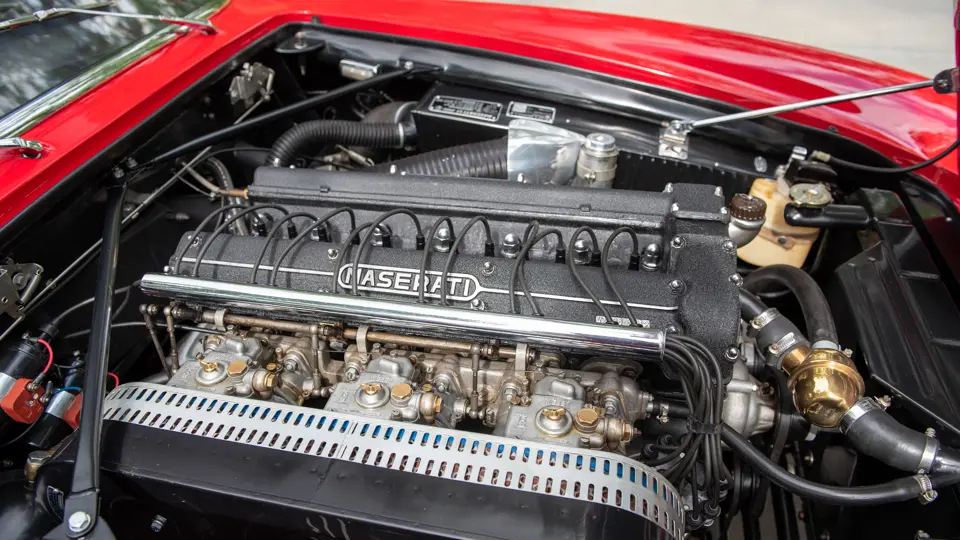



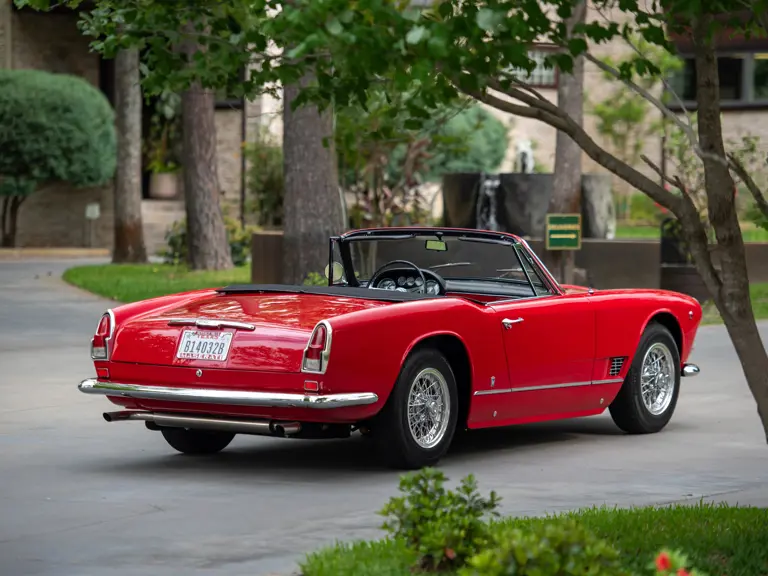
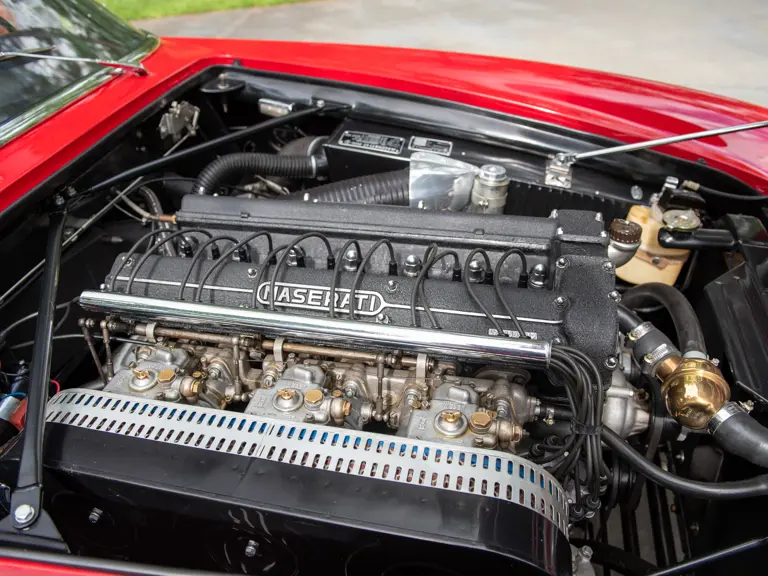
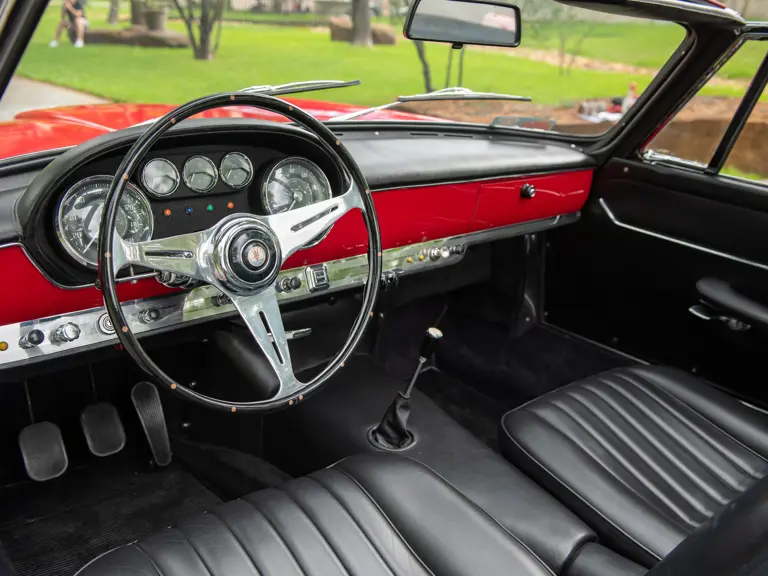
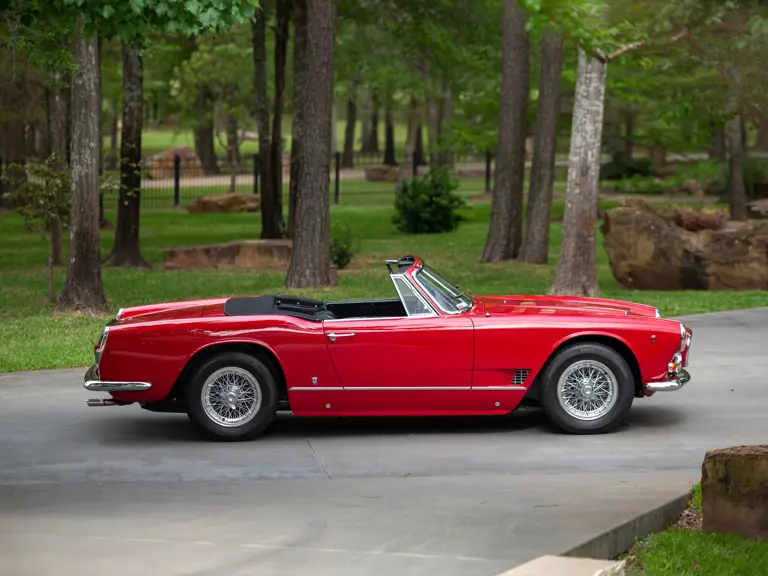
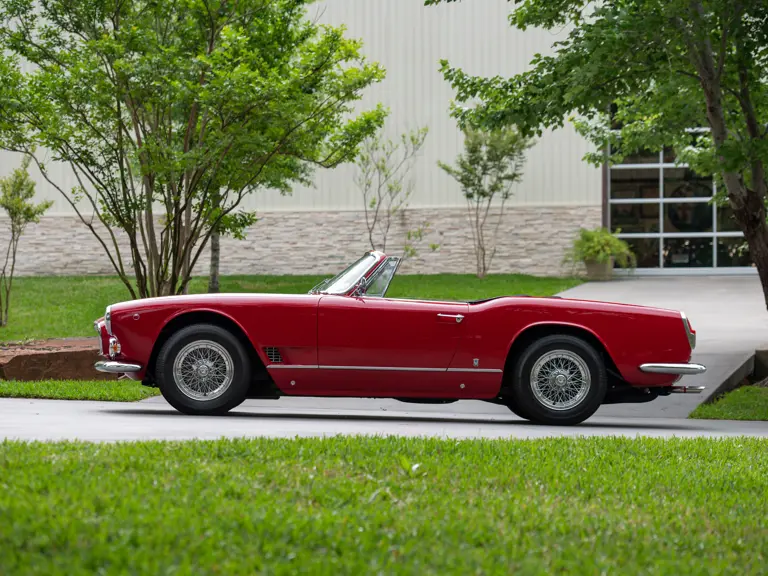
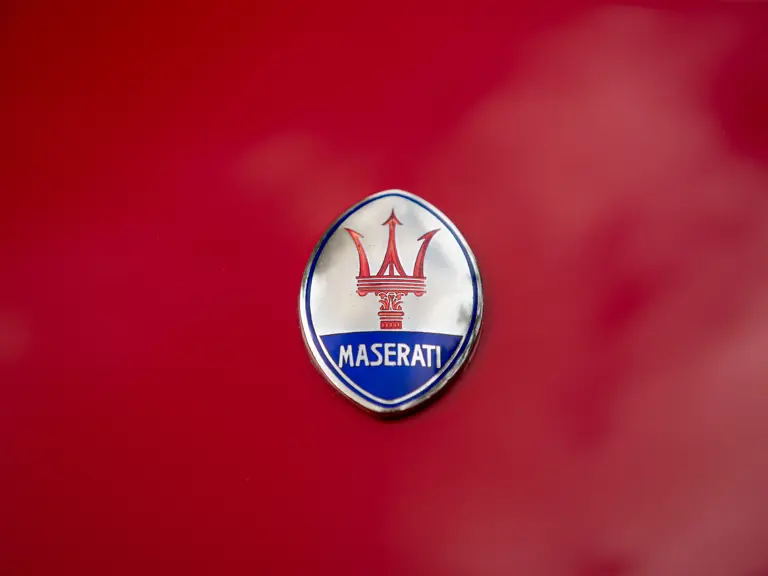

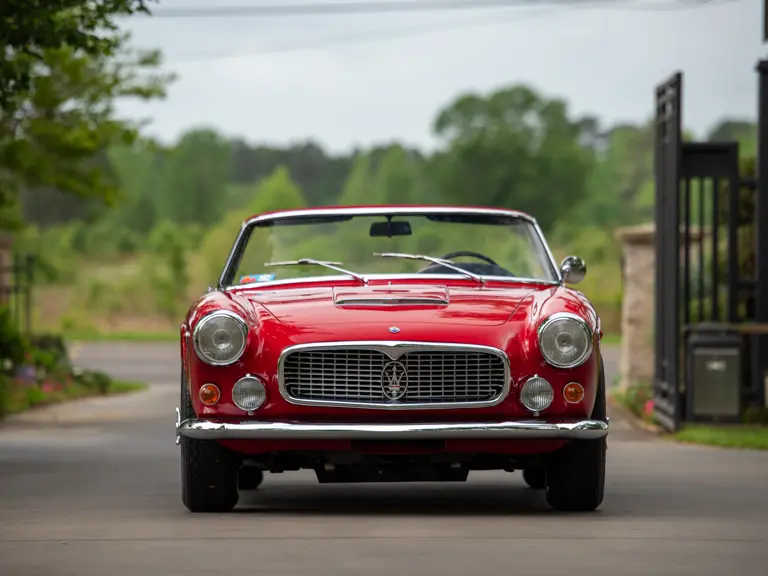
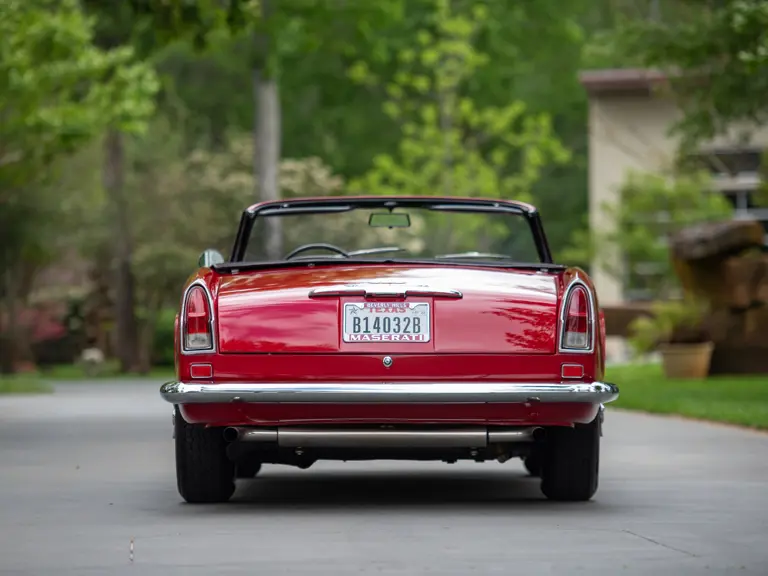
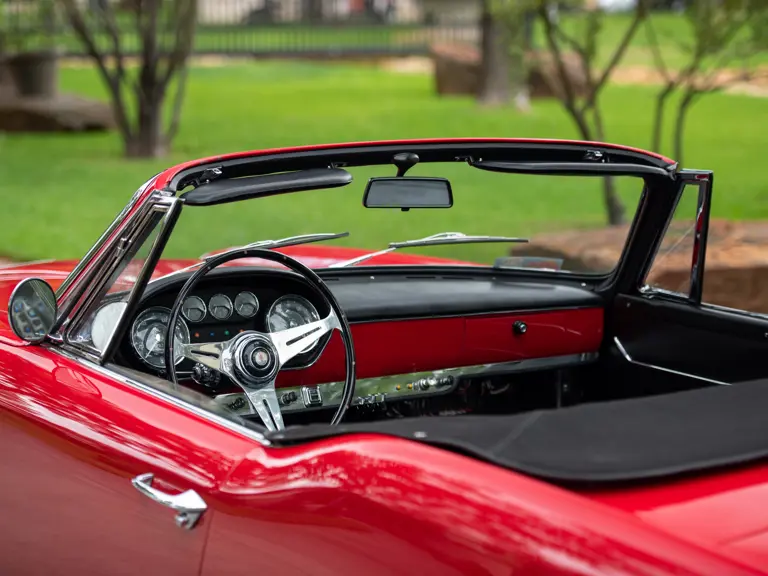

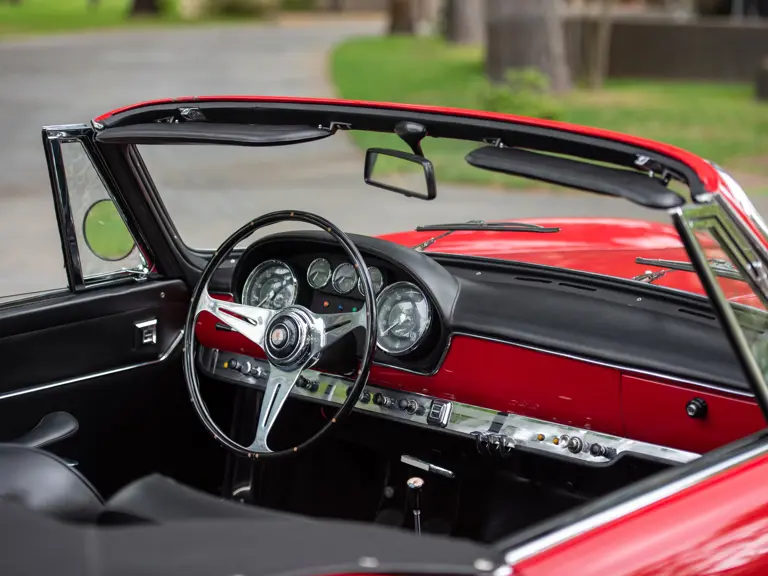

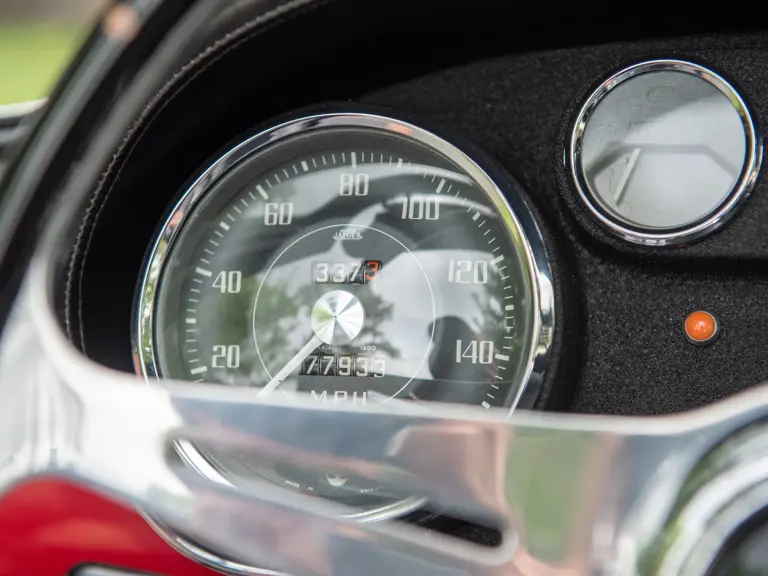
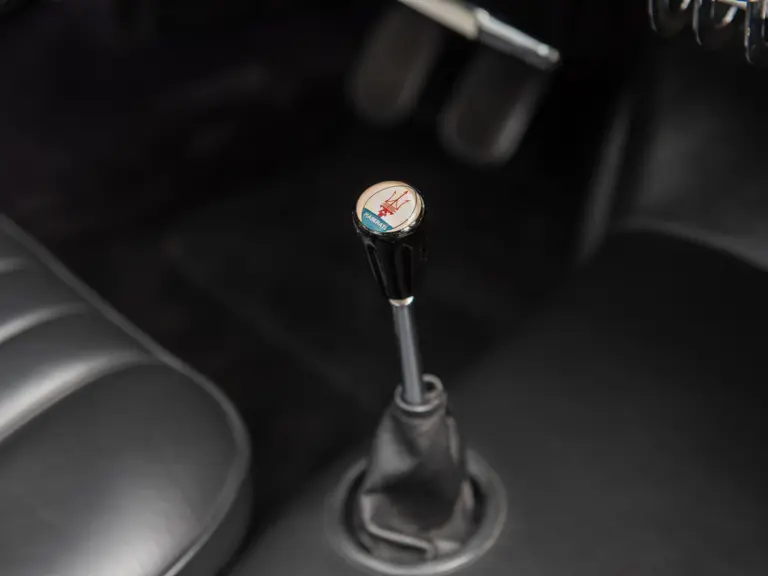
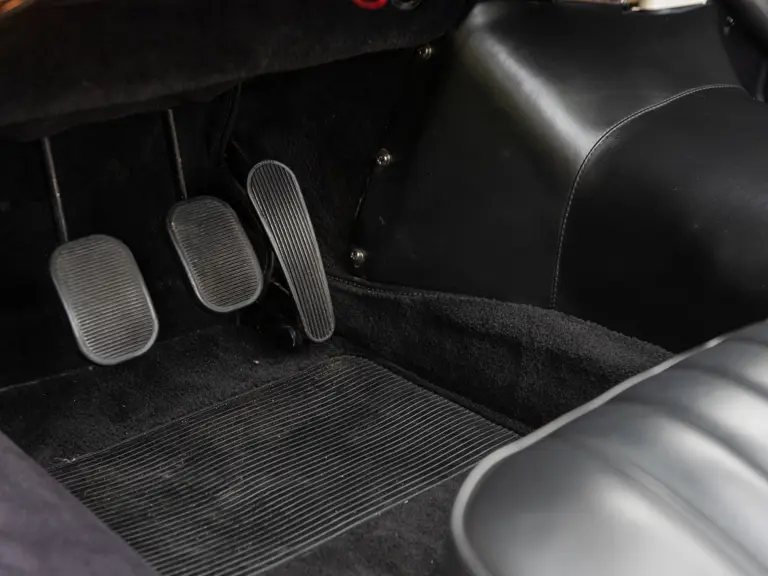

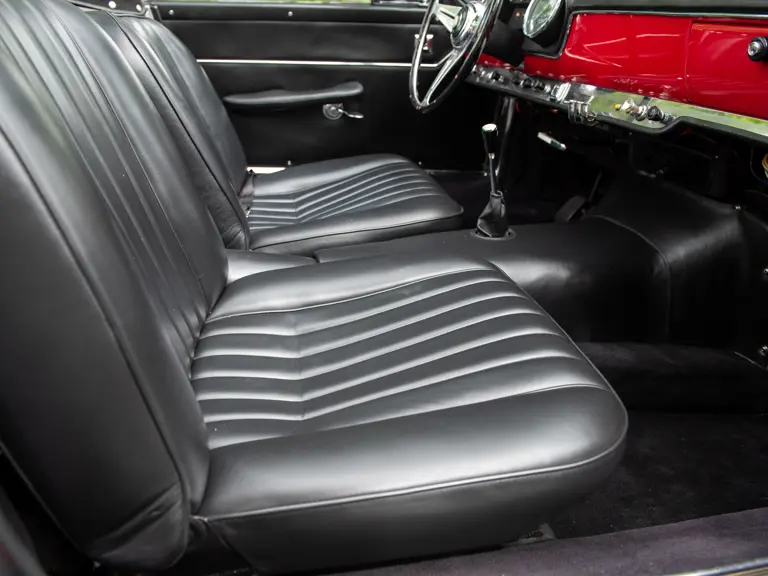
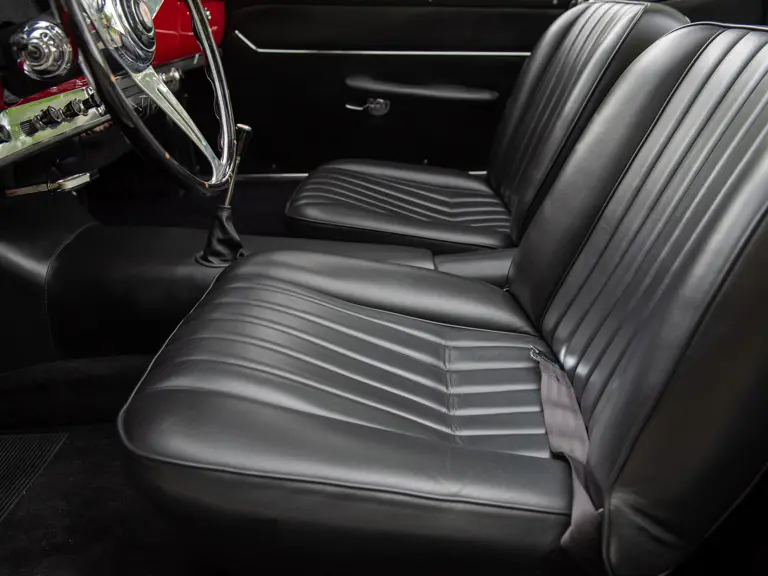
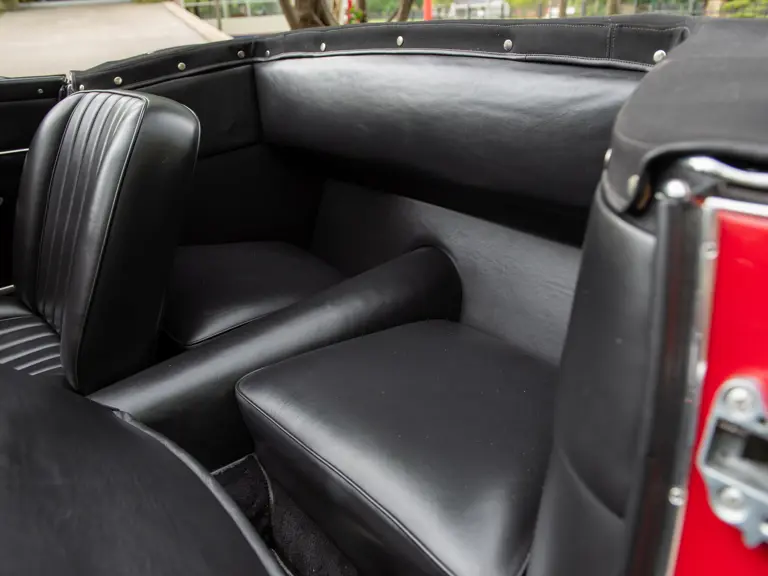
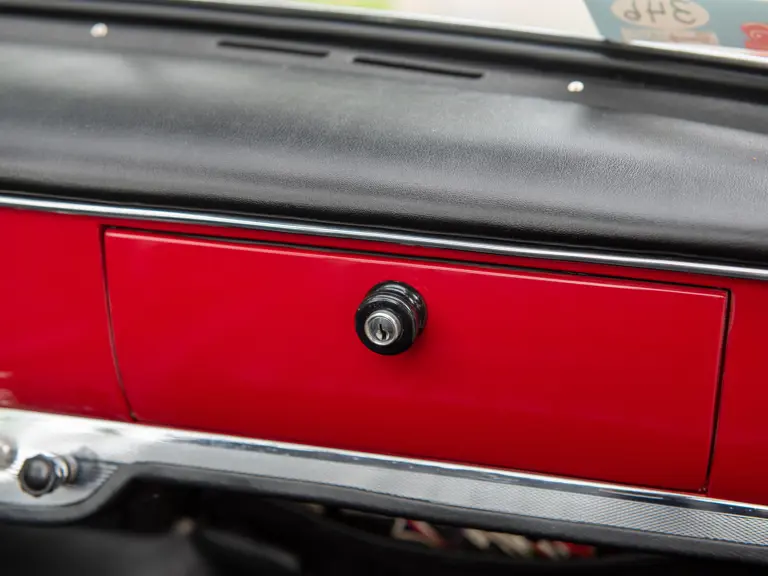
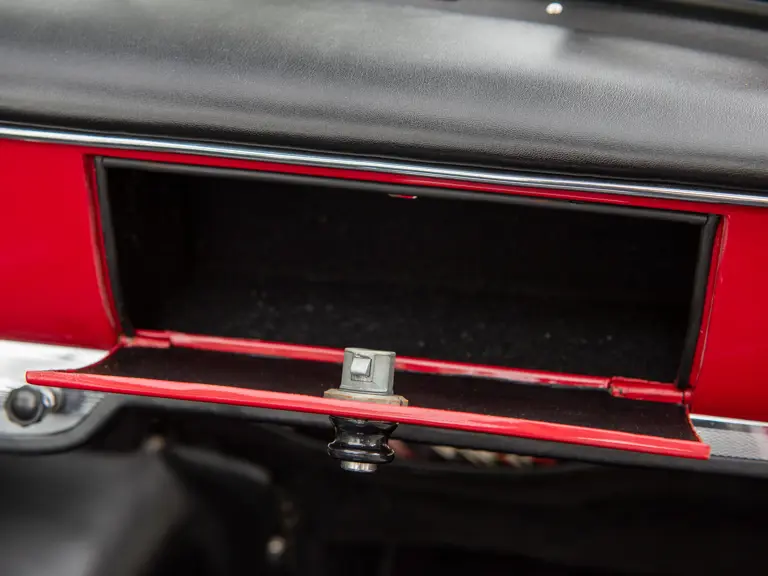
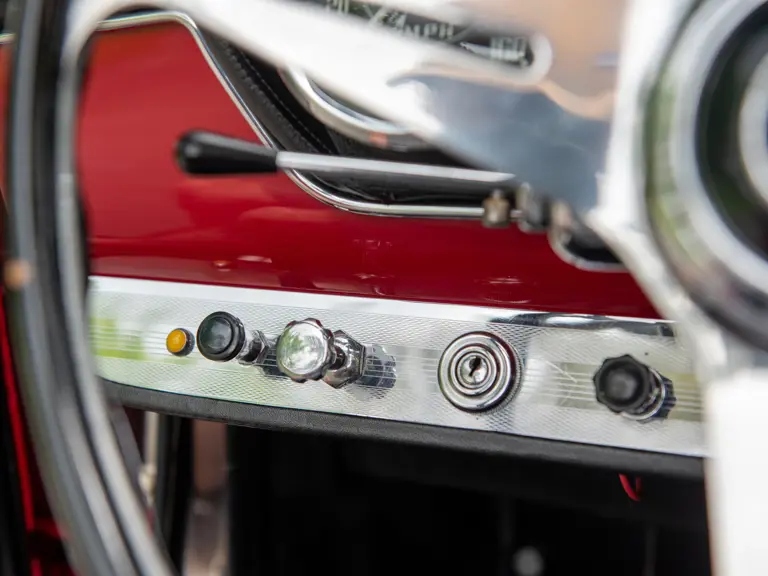
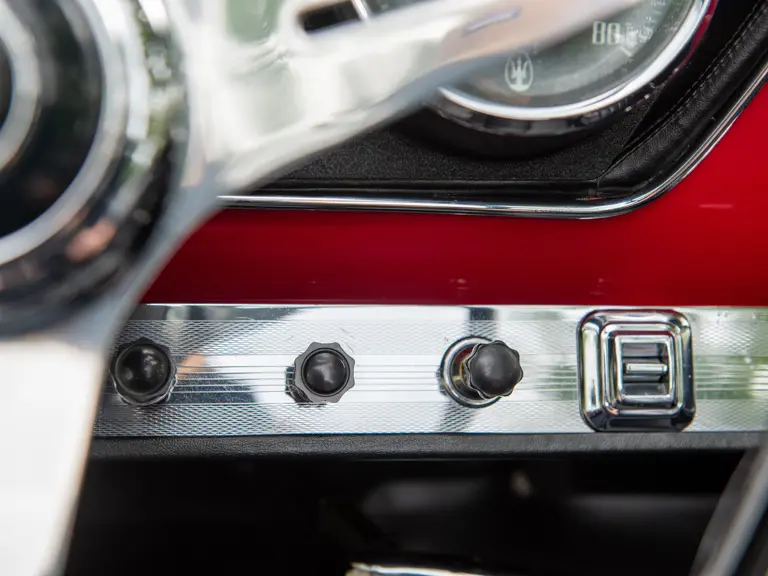
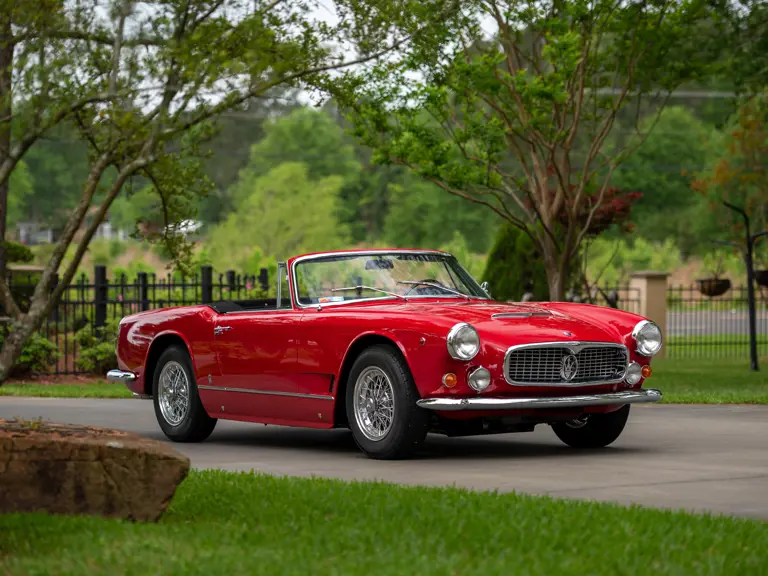

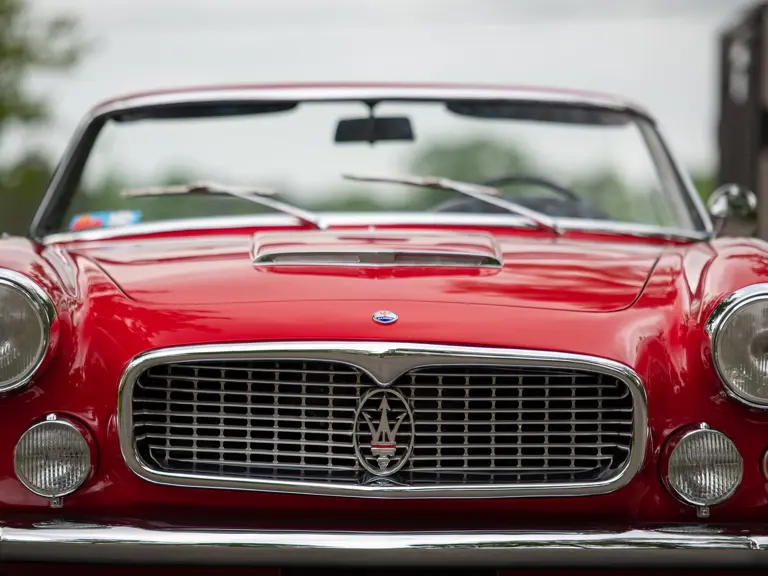
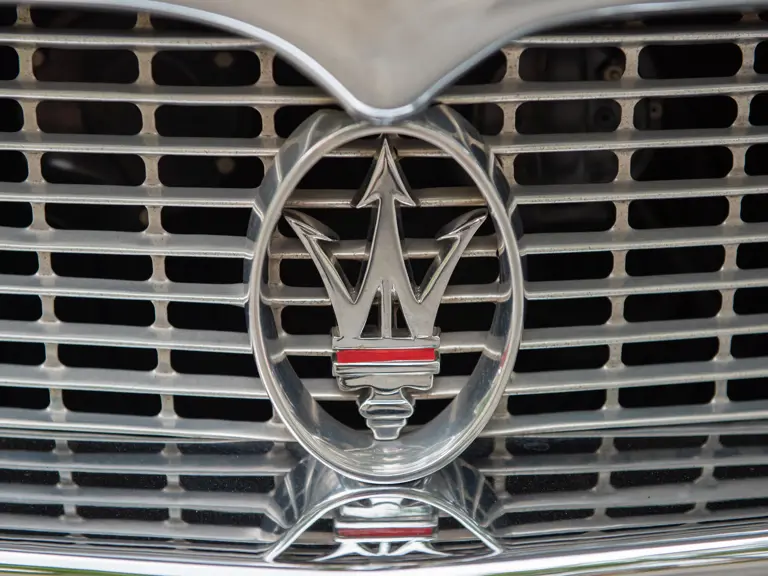
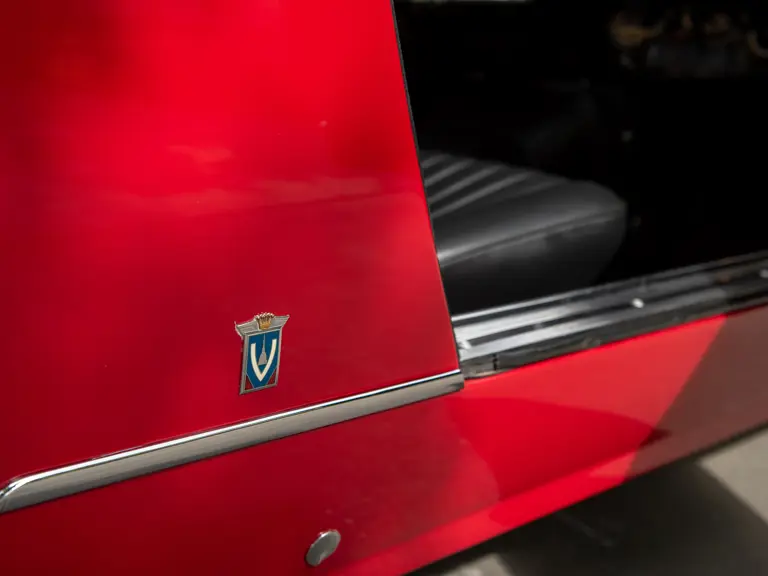
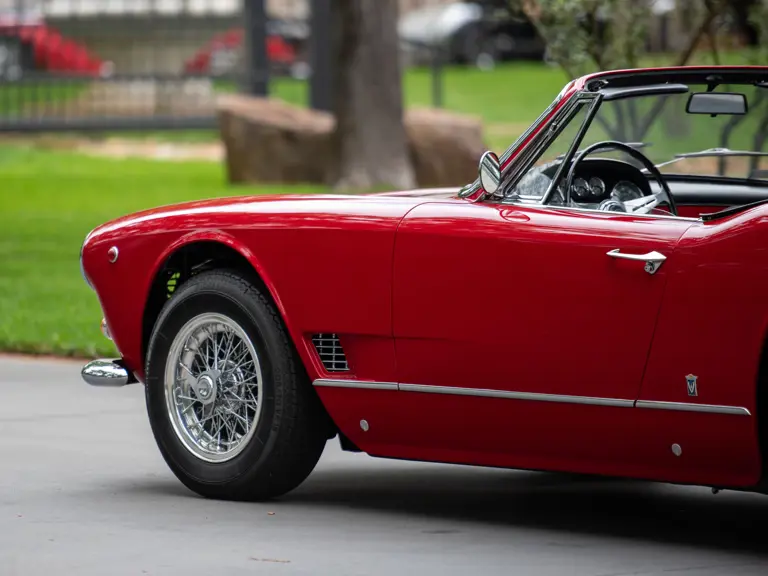
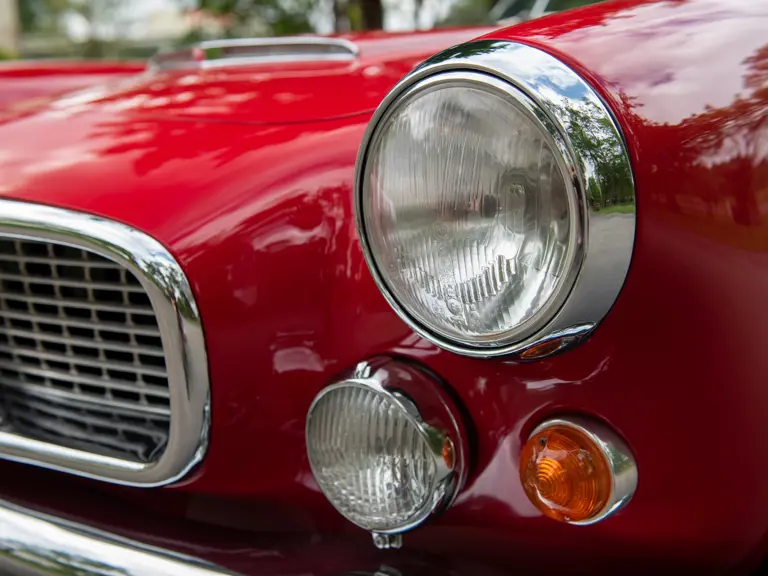
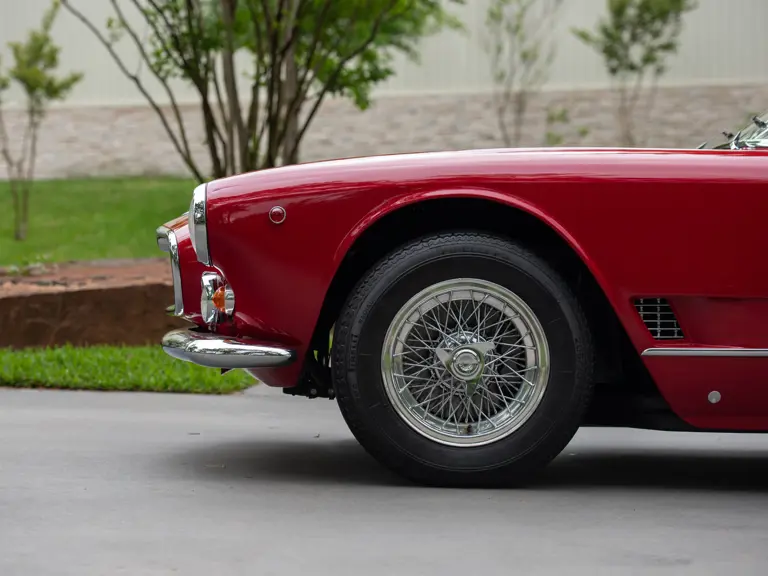
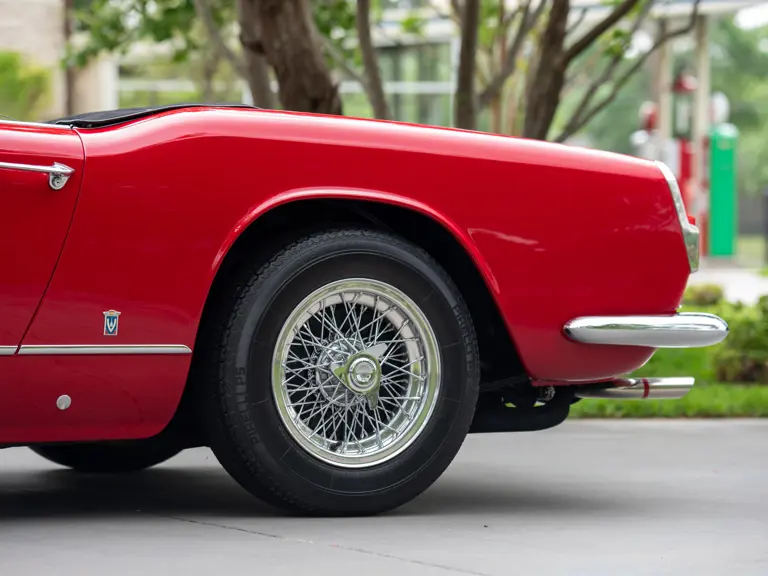
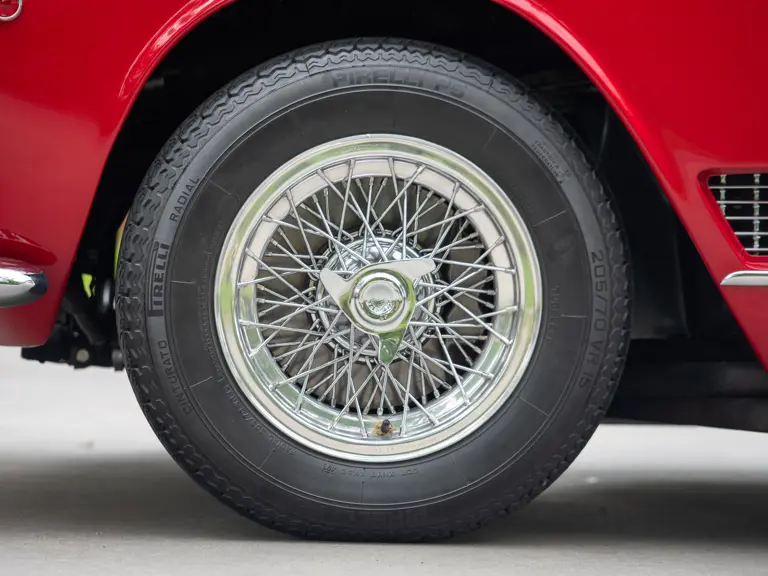
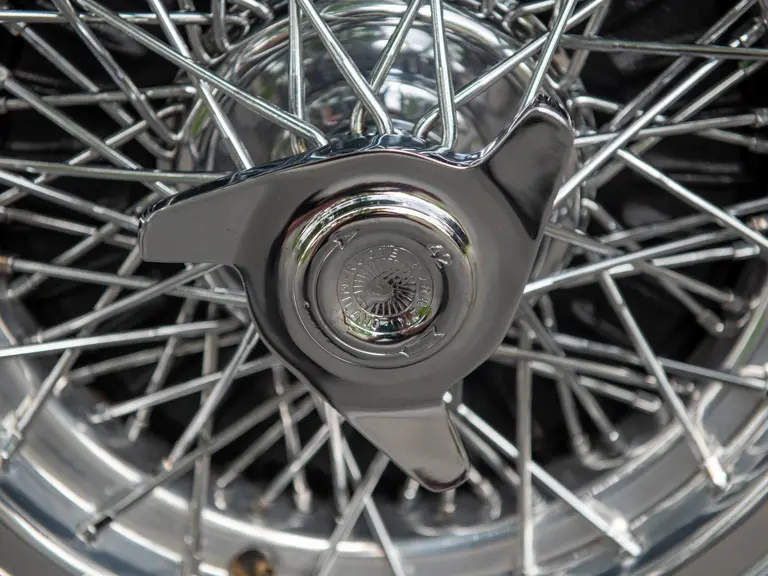
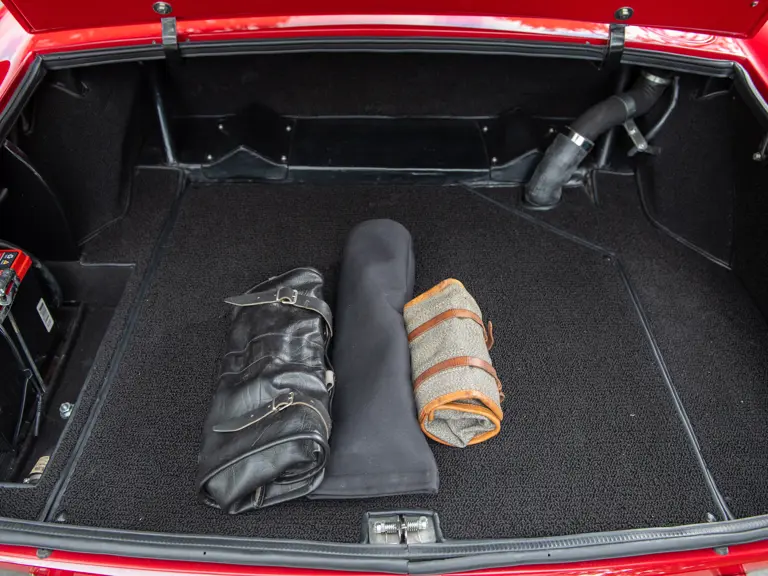

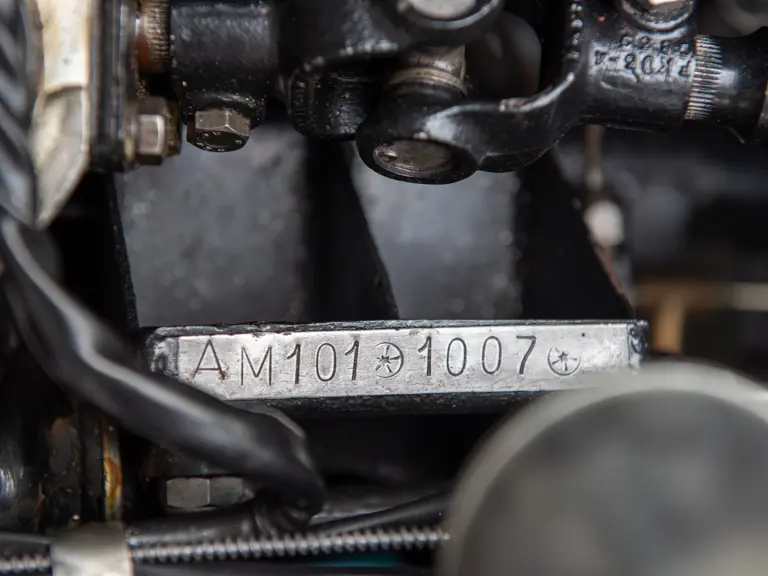


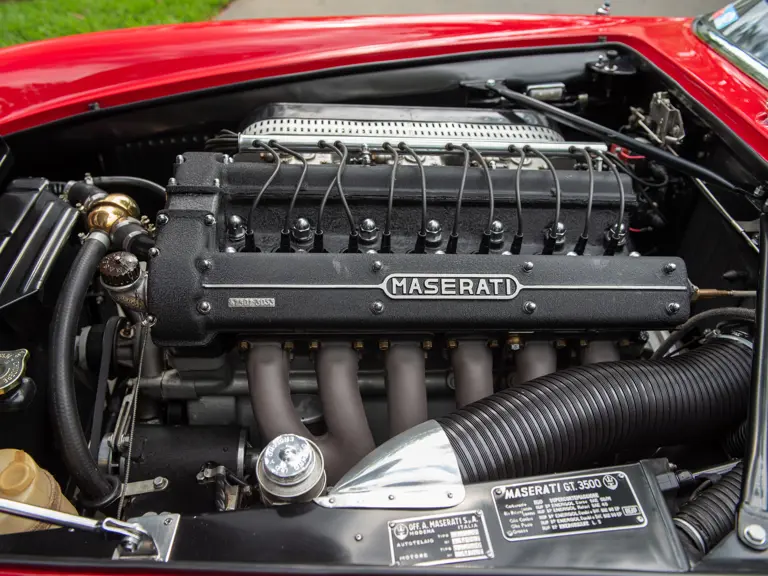


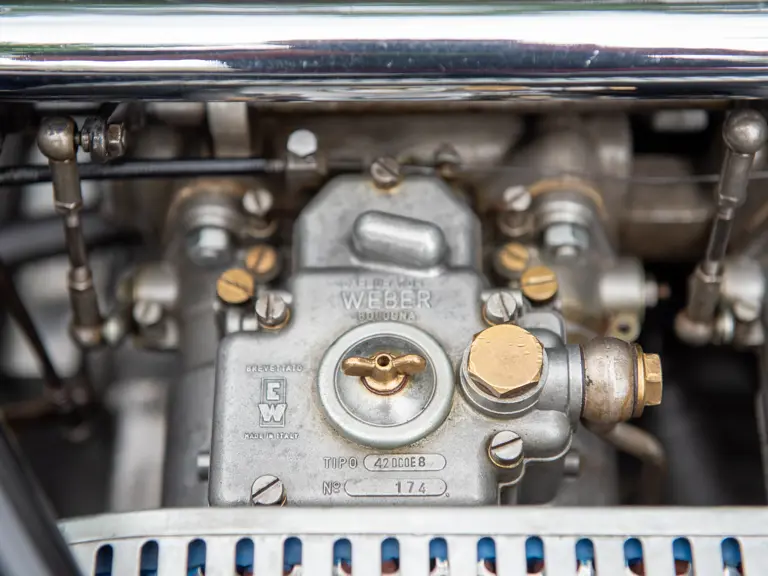

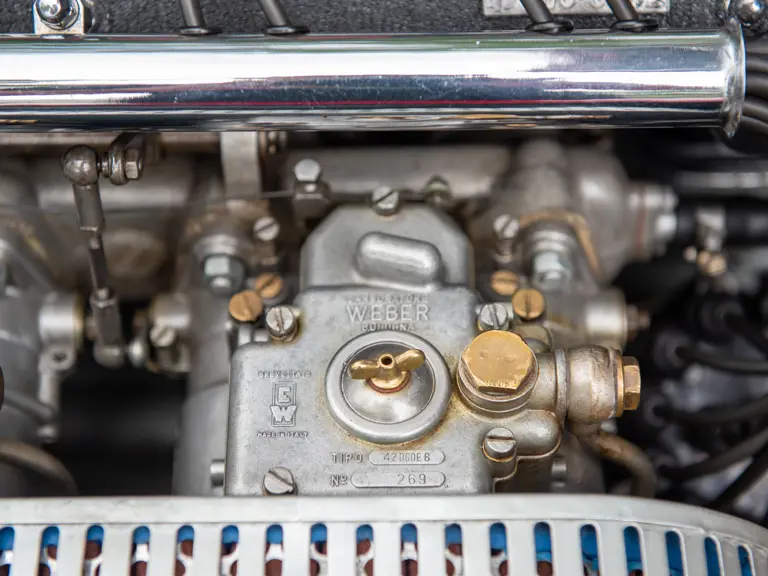
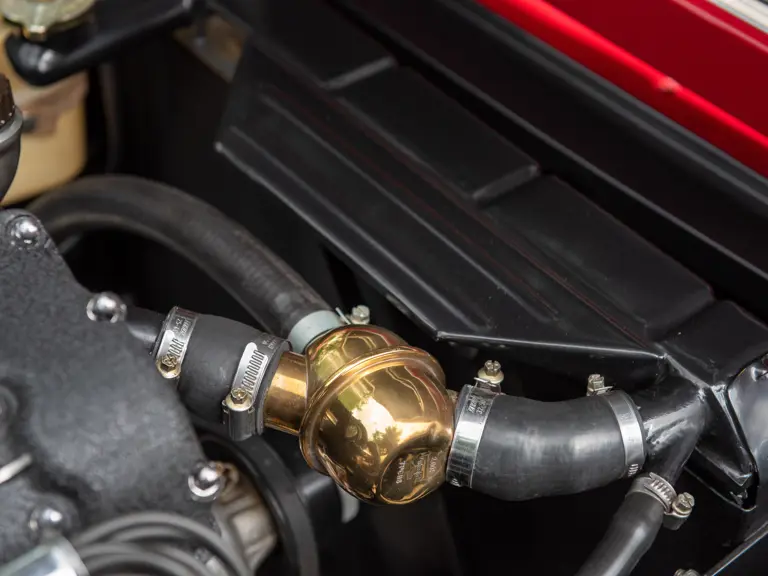
 | Marshall, Texas
| Marshall, Texas
